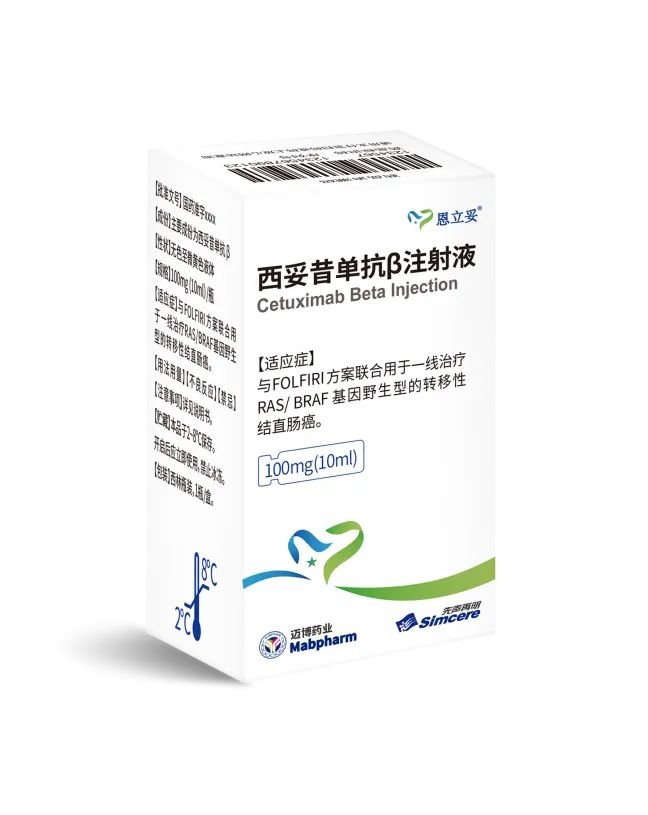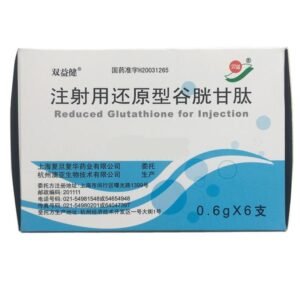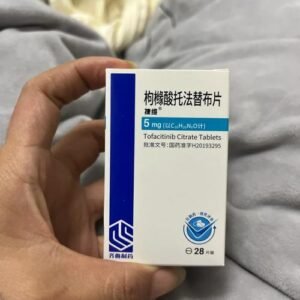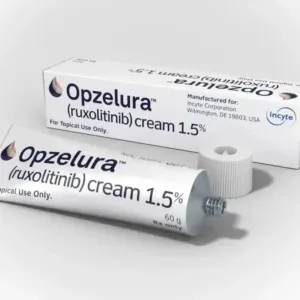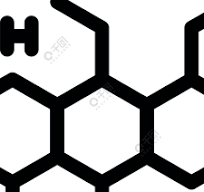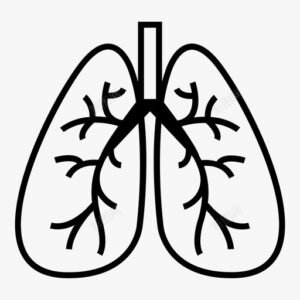Cetuximab injection 西妥昔单抗
Effects and efficacy: This product is used to treat metastatic colorectal cancer with wild-type RAS genes: combined with FOLFOX or FOLFIRI regimens for first-line treatment. Combined with irinotecan for patients who have failed irinotecan-containing treatment. This product is used to treat head and neck squamous cell carcinoma: combined with platinum-containing chemotherapy for first-line treatment of recurrent and/or metastatic disease. Combined with radiotherapy for the treatment of locally advanced disease.
Dosage and administration: This product must be used under the guidance of a physician with experience in the use of anti-tumor drugs. During medication and within 1 hour after the end of medication, the patient’s condition must be closely monitored, and resuscitation equipment must be available. Posimetry At least 1 hour before the first infusion of this product, the patient must receive prophylactic medication with antihistamines and corticosteroids. It is recommended that the above-mentioned prophylactic medications be given to patients before each use of this product in subsequent treatment. The frequency of administration of this product in adult patients is usually once a week or once every 2 weeks. Once-weekly dosing regimen (for all indications): initial dose is 400 mg/m2 per body surface area, administered by 2-hour intravenous infusion, followed by weekly doses of 250 mg/m2 per body surface area, administered by 1-hour intravenous infusion, once a week. The dose should be reduced according to the patient’s condition. Once-every-two-week dosing regimen (for all indications except locally advanced head and neck squamous cell carcinoma): the dose is 500 mg/m2 per body surface area, administered by 2-hour intravenous infusion, once every 2 weeks. The dose should be reduced according to the patient’s condition. There is evidence in colorectal cancer that wild-type RAS (KRAS and NRAS) genetic status is a prerequisite for initial treatment with this product. KRAS (exons 2, 3, and 4) and NRAS (exons 2, 3, and 4) genetic status must be tested by an experienced laboratory using a validated method. For the dosing and recommended dose adjustments of chemotherapy drugs used in combination with this product, please refer to the instructions for use of such drugs. The use of this type of drug must be started 1 hour after the end of the infusion of this product. If chemotherapy is interrupted due to unacceptable toxicity of chemotherapy drugs, it is recommended that the course of this product continue until the patient’s disease progresses. Head and neck squamous cell carcinoma For patients with locally advanced head and neck squamous cell carcinoma, cetuximab is used in combination with radiotherapy. It is recommended to start cetuximab treatment one week before radiotherapy and continue this treatment until the end of radiotherapy. This product is used in combination with platinum-based chemotherapy drugs for the treatment of recurrent and/or metastatic head and neck squamous cell carcinoma, and then continue to use this product for maintenance treatment until disease progression. The use of chemotherapy drugs must be started 1 hour after the end of this product infusion. Usage: This product can be administered intravenously using an infusion pump, gravity drip or injection pump. The first dose should be slow to minimize the risk of infusion-related reactions. The recommended infusion time is 120 minutes, and the infusion rate of subsequent administrations should not exceed 10 mg/min. If the first dose is well tolerated, the single infusion time of subsequent administrations is 60 minutes for a weekly dosing regimen of 250 mg/m2 and 120 minutes for a 2-week dosing regimen of 500 mg/m2.
Adverse reactions:
Acneoid rash is the most common skin adverse reaction associated with anti-EGFR monoclonal antibody treatment, with an incidence of about 60%~90%. Acneoid rash is divided into grades 1~5. Clinically, most patients are mild to moderate (grade 1/2), and about 5%~15% of patients are severe (grade 3/4). Patients who develop acneoid rash after treatment with cetuximab injection have a longer survival and a higher remission rate. The occurrence of acneoid rash is a clinical indicator of good efficacy of cetuximab injection in the treatment of colorectal cancer. Therefore, only acneoid rash of grade ≥3 needs to be discontinued. After actively and properly treating the rash, continuing treatment is beneficial to the patient’s long-term prognosis. For more information on the treatment of rash, please see the medication tips section. The rash grading and corresponding treatment methods are relatively professional. It is recommended that medical professionals make judgments and implement corresponding measures. Please consult a doctor if other adverse reactions occur.
Drug contraindications:
Allergic to this product is prohibited
View more
Share:
Products
Our offers
Health Classification
Let us work together to protect precious health

